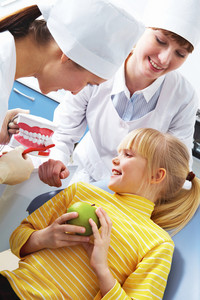Acne is one of the most common skin conditions that people experience at some point in their lives. It can be very frustrating and embarrassing to deal with, especially when you’re a teenager. But there are ways to treat it.
Acne is caused by the presence of bacteria in your pores. This is usually due to improper cleansing, oily skin, or other reasons. If you want to treat acne, then you need to understand what causes it first.
There are different types of acne. The most common type is called papular acne. This is where there are only small bumps on your skin. Papules may be red, brown, or black. They can also be raised or flat. They tend to occur on the face, neck, and upper chest area.
Another type of acne is nodular acne. This is where you see clusters of small lumps. These lumps can be pink, yellow, or even purple. Nodular acne tends to occur on the chin, nose, and upper lip area.
Cystic acne is another type of acne. Cysts are white or yellow lumps that are often filled with pus. These lumps can appear anywhere on your body, but they usually occur on the face, neck and upper chest area.
They can also appear on the back, buttocks, and legs. Cystic acne is extremely painful and uncomfortable.
Acne that occurs on the face is referred to as facial acne. Facial acne can be treated with creams, lotions, and pills. There are many different types of acne medications available. Some of them are more effective than others.
If you want to treat acne, it’s important to know which medication works best for you. You should also find out if there are any side effects associated with the medication you choose.

If you’ve been dealing with acne for a while, you may have tried every method possible to treat it. You may have even used home remedies to no avail. If this is the case, then you should consult a dermatologist. A dermatologist will be able to prescribe the best acne medication for you.
You should also visit your doctor if you have had acne for a long time. He or she can help you figure out how to stop the condition from recurring.

[…] may become filled with pus and blood. It is also often accompanied by redness and swelling. Cystic acne is caused by clogged pores, which leads to excess oil production and bacteria […]
[…] about acne and its causes. Once you know what causes acne, you will be able to choose the best treatment for your […]